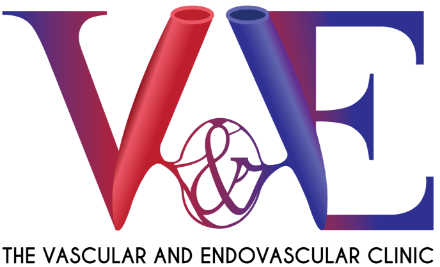A venous malformation is a type of vascular anomaly that affects the veins. It is characterized by abnormal and enlarged veins that may be present since birth or develop over time. Venous malformations can occur anywhere in the body but are commonly found in the skin, muscles, and organs such as the liver and brain. These malformations can vary in size and appearance, ranging from small, blue-coloured patches to large, bulging masses.
What symptoms do venous malformations cause?
The symptoms of venous malformations can vary depending on their location and size. Some common symptoms include:
- Swelling: Venous malformations can cause swelling in the affected area, which may be constant or intermittent.
- Pain: Some individuals may experience pain or discomfort in the area of the malformation. This can range from mild to severe and may worsen with physical activity or prolonged standing.
- Skin changes: The overlying skin may appear bluish or reddish due to the enlarged veins. Sometimes, the skin may feel warm to the touch or have a spongy texture.
- Mass or lump: Venous malformations can cause a visible or palpable mass or lump in the affected area. This can be particularly noticeable in areas such as the face, neck, or limbs.
- Functional impairment: Depending on the location of the malformation, it may affect the normal functioning of nearby structures. For example, a venous malformation in the brain may cause neurological symptoms such as seizures or difficulty with coordination.
It’s important to note that not all venous malformations cause symptoms, and some may only be detected incidentally during medical imaging.
What causes venous malformations?
The exact cause of venous malformations is not fully understood. However, they are believed to result from abnormalities in the veins during fetal development. Some factors that may contribute to the development of venous malformations:
- Genetic Factors: In some cases, venous malformations may have a genetic component. Certain gene mutations or abnormalities may play a role in the development of these malformations. However, the specific genes involved still need to be fully identified.
- Embryonic Development: Venous malformations are thought to arise during embryonic development when the veins do not form properly. This can result in abnormal connections between veins, dilation (enlargement) of veins, or the formation of tangled clusters of veins.
- Hormonal Factors: Hormonal changes during pregnancy or puberty may influence the development or growth of venous malformations. This could explain why some individuals may notice changes in the size or symptoms of their malformations during these periods.
- Trauma or Injury: In some cases, trauma or injury to a specific area of the body may trigger the development or worsening of a venous malformation. However, it is important to note that trauma or injury alone is not a common cause of venous malformations.
It’s important to remember that venous malformations are typically present from birth, although they may not become apparent or cause symptoms until later in life.
How are venous malformations treated?
The treatment of venous malformations depends on several factors, including the size, location, symptoms, and potential complications associated with the malformation. Here are some common treatment options for venous malformations:
- Observation: In cases where the venous malformation is small, does not cause significant symptoms, and does not pose a risk of complications, a “watch and wait” approach may be recommended. Regular monitoring and follow-up visits with a vascular specialist will be necessary to assess any changes or progression.
- Compression Garments: For venous malformations that cause swelling or discomfort, compression garments or stockings can be used to provide support and improve blood flow. These garments can help alleviate symptoms and reduce the risk of complications such as blood clots.
- Sclerotherapy: Sclerotherapy is a minimally invasive procedure commonly used to treat venous malformations. During this procedure, a sclerosing agent is injected into the malformation, causing the veins to shrink and close off. Sclerotherapy can help reduce the size of the malformation and improve symptoms. Multiple sessions may be needed for optimal results.
- Embolization: Embolization is a procedure in which a material, such as a coil or glue, is inserted into the blood vessels supplying the malformation to block off blood flow. This can help reduce the size of the malformation and alleviate symptoms.
- Surgery: In some cases, surgical removal of the venous malformation may be necessary, especially if it is causing significant functional impairment or if other treatment options have been unsuccessful. Surgery may involve removing the malformation entirely or removing as much of it as possible to reduce symptoms and improve function.
It’s important to note that the choice of treatment depends on individual factors and should be discussed with your vascular specialist who specializes in vascular malformations. The treatment plan will be personalized based on the specific characteristics and needs of the patient.
Large venous malformation of the right foot causing pain and swelling
Pics showing ultrasound-guided foam sclerotherapy of the malformation using multiple butterfly needles and X-ray imaging showing contrast entrapment within the lesion and no venous flow at the end.









